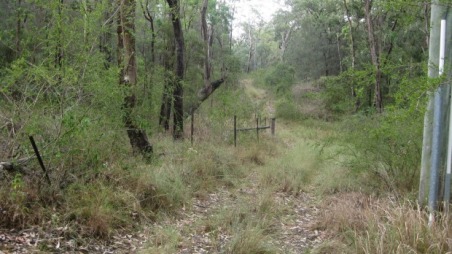Imagine this: You are a scientist at a University that has finally approved your request to do outdoor forensic research using real human remains. The first few unclaimed bodies are shipped to you, a present from the local morgue.
You take each body and set them under certain conditions. One is put head first into a body of water, legs resting on land. Another is secured under a cage in direct sunlight, free from disturbances from animals. The last one is nude and covered with shrubbery and dark plastic.
Every day, you check on the bodies to see how the decomposition is being affected by the varying conditions. You stick with your research through the bloating and all. The smell of rotting human flesh has become almost normal.
Sounds like a job for a character in a horror movie, right?
Since 1981, this has been a very real scenario for forensic anthropology faculty and students. The first outdoor research center for forensic taphonomic processes was opened by anthropologist Dr. William Bass at the University of Tennessee at Knoxville.
Today in the U.S., there are six operational facilities:
Colloquially, these facilities are referred to as body farms, although some view the term as disrespectful.
“People like me intended no irreverence when we called it that, for no one respects the dead more than those of us who work with them and hear their silent stories. The purpose is to help the living. That was the point when The Body Farm came into being more than twenty years before, when scientists got determined to learn more about time of death. On any given day its several wooded acres held dozens of bodies in varying stages of decomposition. Research projects had brought me here periodically over the years, and though I would never be perfect in determining time of death, I had gotten better.” -Patricia Cornwell, The Body Farm (1994)
Not only do Cornwell’s words address the issue of respect toward the dead, they als0 provide an example of the importance of these research facilities in improving forensic skill.
The research done at body farms in becoming increasingly essential to the furthering of knowledge about different rates of decomposition, insect activity and animal scavenging. Projects can range from how climate and environment affect decomposition to how bodies react to being frozen.
The data from such research an assist forensic experts in real-life investigations in establishing traits like postmortem interval, or the time that’s passed since a person’s death. Body farms also serve other functions such as training centers for forensic anthropology students, law enforcement and cadaver dogs.
So far, the only body farms are located within the U.S.The problem with this is the research tends to be climate-specific. U.S. states and countries without body farms don’t have the taphonomic data for their region. This is why it is so important for the public in other countries to be educated about forensic research, to garner support for the building of such facilities abroad.

Australia, near the new facility. (Original Source)
The first one outside of the U.S. will most likely be located in Australia at the University of Technology, Syndey. The Australian Facility for Taphonomic Experimental Research, as it will be called, will be the first step in catching up other parts of the world with this type of forensic advancement.
The United Kingdom is also behind with forensic anthropological research. In the UK, pigs are being used in taphonomic pursuits. Unfortunately, the variability of humans makes the research on pigs less meaningful or applicable.
The UK is in need of a outdoor human body farm – but there are a lot of obstacles before that can happen. Citizens are expressing concern about where human research facilities will be located and how it will affect them. There isn’t the same opportunity for isolation of a facility there as in the States. Then, there’s funding and obtaining the bodies.
Who knows when these obstacles will be overcome? Until the conditions are met and the UK and other countries can move forward in this process, the potential to expand the breadth of scientific research for the sake of research as well as for application in medicolegal cases is at a halt.


